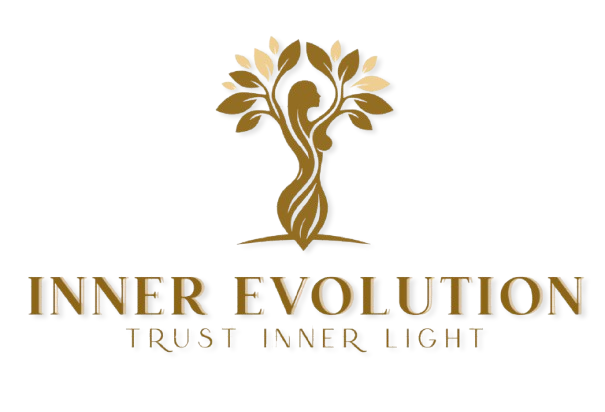:max_bytes(150000):strip_icc():format(webp)/muted-primary-785d47fccb984bb2b7735e6843873ae5.png)
Every Friday on The Verywell Mind Podcast, host Minaa B., a licensed social worker, mental health educator, and author of “Owning Our Struggles,” interviews experts, wellness advocates, and individuals with lived experiences about community care and its impact on mental health.
Follow Now: Apple Podcasts / Spotify / Google Podcasts / Amazon Music
Take a look around your home, office, or wherever you’re currently standing while reading this article. What are you noticing? Does your area feel cramped, or do you have room to breathe? Really take a look at the colors around you. Are the walls sky blue, or are they vanilla white? Maybe you’re surrounded by pets, kids, or a bunch of people. Soak it all in for a couple of minutes or so. We’ll wait.
*Cue Jeopardy! theme song*
Welcome back! Now that you’re grounded and present—how do you feel? Are you stressed? Do you feel like a caged animal or feel pretty chill?
This exercise was meant to help you see how your environment influences your mood. We may not think about this often, but trust us—our physical space definitely has an impact on how we feel.1
Still not convinced? Well, here’s what therapist-turned-interior designer Anita Yokota, aka “Your Go-To Home Therapist,” told The Verywell Mind podcast’s host Minaa B.
“As a psychology intern, I did a lot of home visits. One of the first things that I learned to do…is observe the emotional climate of the home,” Yokota says. She adds that visiting clients’ homes from Compton and all the way to Malibu “taught me so much of how our home environment can really affect our mood, [and] it can affect our relationships that live [in the home].”
Because of her experiences as a therapist, Yokota fell in love with interior design and now works to help people design their homes in ways that foster good emotional health and well-being.
She’s adamant that interior design can be used as a therapy tool, and she was kind enough to share some quick tips we can use to make our homes mental health-friendly.
At a Glance
One of the ways we can improve our mood is by keeping our homes super zen and mental health-friendly. We can accomplish this by being strategic about our home’s color palette, decor, and lighting fixtures. And, keeping our homes free of clutter can keep our stress levels down.
Interior Design and Architecture Impact How We Feel 24/7—Seriously
Considering that we’re always somewhere, in some space, we’re always going to be affected by our surroundings.1
To get a bit more granular, people living in the United States spend approximately 90% of their time inside man-made spaces.2 That’s…a lot.
Our inside spaces are super important, and architects regard interior design as one of the most crucial parts of architectural design.1 And since we can’t see the outside of our homes from our bedrooms, we should really direct our attention to our indoor spaces.
People living in the United States spend approximately 90% of their time inside man-made spaces.
Studies even show that our physical environment can trigger or reduce symptoms of various mental health conditions.3
Getting Cozy With the Elements of Interior Design
To understand the relationship between environment and mood, let’s familiarize ourselves with the important facets of interior design.
Our home environment can really affect our mood, [and] it can affect our relationships that live [in the home].
Three important components of interior design include:4
- Color: All of the shades/tones in a space.
- Decoration: This can include things like art and decor.
- Lighting: Includes light from lamps, ceilings, and the amount of natural sunlight a room receives
5 november 2019


